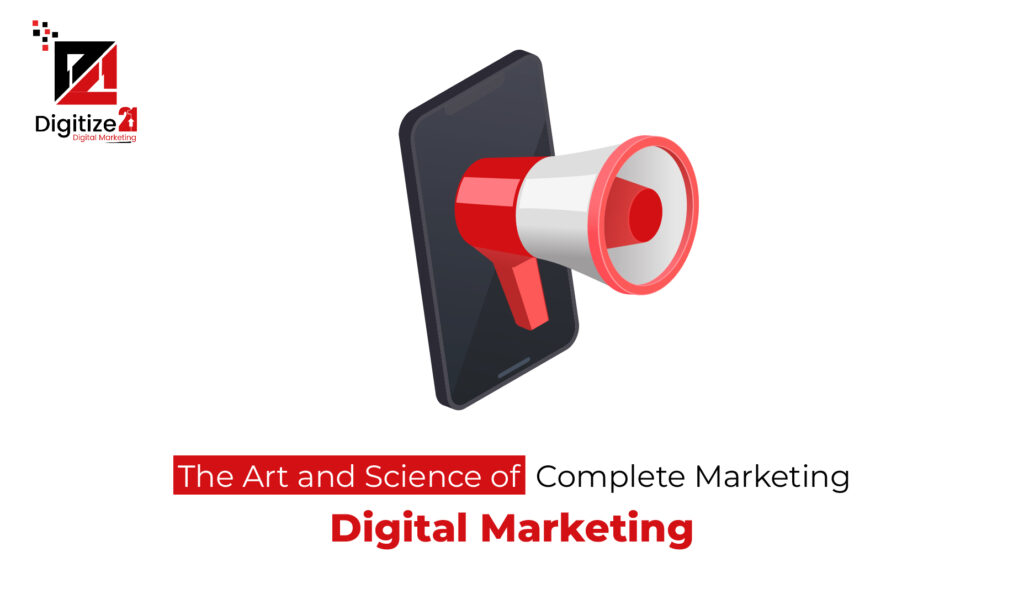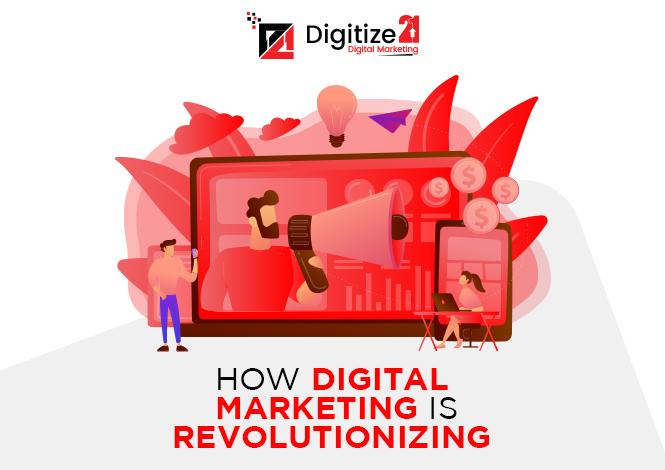The idea of “Complete Marketing” has become well-known as a comprehensive strategy for connecting with and involving consumers across a variety of media in the rapid and constantly changing field of business. Complete marketing, which is no longer limited to traditional advertising, comprises a holistic plan that incorporates multiple parts and makes use of both traditional and digital channels. This blog explores the various aspects of full marketing, highlighting its essential elements and the relationships that build a cohesive and productive marketing ecosystem. A completed marketing strategy typically includes brand objectives, target audience personas, marketing channels, key performance indicators, and more.
What is Complete marketing?
The constraints of one-dimensional or single-channel marketing are transcended by complete marketing. It’s a calculated combination of offline and online marketing strategies meant to give consumers a smooth, engaging brand experience. Complete marketing is about building connections at all levels, from the very initial point of contact to post-purchase exchanges
The heart of complete marketing lies in an omnichannel presence involves maintaining a consistent brand image and message across various platforms, be it social media, websites, print media, or in-person interactions. Contact is essential in complete marketing, it’s not just about creating promotional materials but developing valuable, informative, and entertaining content authority that resonates with the target audience. The power of data analytics to drive decision-making. Understanding customer behavior, preferences, and market trends allows businesses to tailor their strategies for maximum impact. From website analytics to customer surveys, data becomes the compass guiding marketing initiatives.
Four Pillars of Complete Marketing
- Branding: The Foundation
Comprehensive marketing is built on the foundation of branding. It’s important to explain a brand’s personality, beliefs, and aspirations as well as its logo and color palette. A powerful brand establishes a framework for all marketing initiatives by offering a recognizable and consistent identity throughout all platforms.
- Targeted Advertising
Targeted advertising is used in complete marketing to provide the right message to the right audience. Precise is essential when using search engine marketing, social media ads, or programmatic advertising. Personalization goes one step beyond by adjusting material to suit each user’s interests and behaviors.
- Customer Engagement
Engagement with customers is a constant process rather than a one-time event. Relationship building and maintenance are the top priorities of full marketing, which includes social media interactions, email campaigns, and customized client support. A brand’s advocates are more likely to be actively involved customers who spread the news about it on social media and through word-of-mouth.
- Analytics and Optimization
A continuous enhancement culture is embraced by complete marketing. Businesses may adjust and improve their tactics by tracking client feedback, analyzing campaign results, and keeping up with industry developments. The use of data to inform strategy ensures that marketing initiatives are both successful and flexible enough to change with the needs of the market.
Challenges and Opportunities
It might be difficult to stand out in a world when information is abundant. To solve this, complete marketing makes sure that every communication component contributes value and is consistent with the overarching brand story. The value of quality over quantity becomes a tenet. Technology evolves quickly, which provides both benefits and challenges. Keeping up with the most recent platforms and tools is essential, but integrating them smoothly into an organized approach requires strategic planning as well. Technological innovations such as automation and artificial intelligence can improve productivity and effectiveness.
Future of Complete Marketing
We see a lot of fascinating opportunities to complete marketing. The environment will continue to change as a result of new technologies, changing consumer behavior, and global changes in communication dynamics. Marketers who embrace innovation while maintaining ancient customer-focused and brand authenticity will be the most successful in the future. Sustainability will become a fundamental component of complete marketing as awareness of the environment grows. Conscious consumers will be attracted to brands that support social responsibility and are consistent with environmental best practices. Campaigns are targeted and measured because of the wide range of tools and platforms available in digital marketing. Online advertising, email marketing, social networking, and search engine optimization (SEO) provide unmatched reach and immediacy. One of the main features of the digital era is the capacity to interact in real-time with a worldwide audience.
In Conclusion, Complete marketing is a flexible and dynamic strategy that acknowledges the variety of the modern customer audience. It’s about utilizing the advantages of both traditional and digital means to produce a cohesive and captivating brand experience, not about selecting one over the other. Adopting the basic principles of full marketing helps organizations navigate the hazardous waters of marketing, ensuring that they arrive at their destination with an audience that is engaged and devoted. This journey is still in progress, and the secret to success is a combination of strategy, uniqueness, and a thorough comprehension of the dynamic market.



